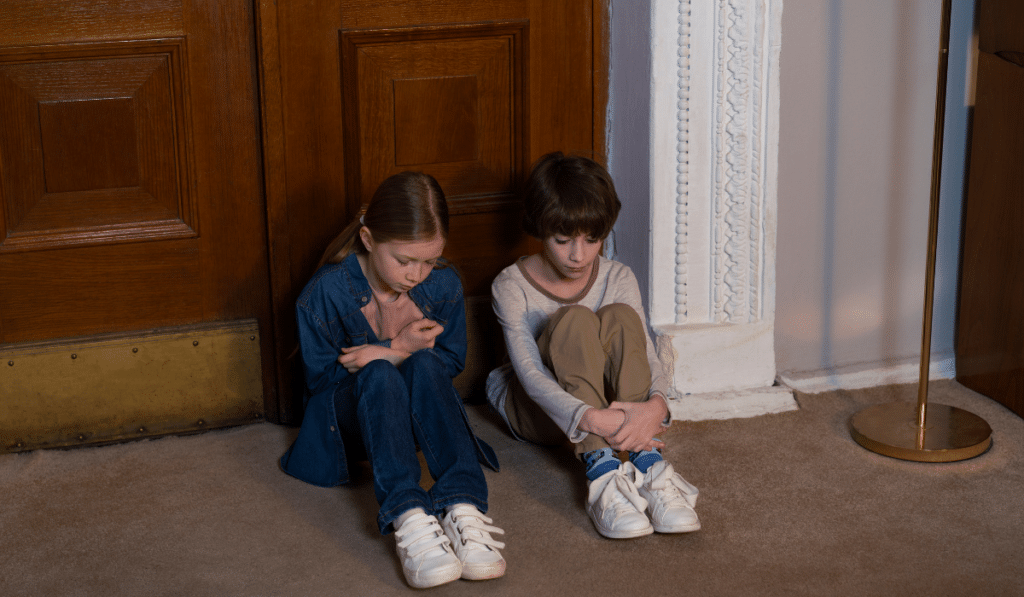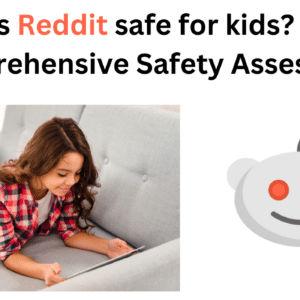
World Health Organization (WHO) says child abuse is any physical, emotional, sexual, or psychological maltreatment or delinquency of a child under 18 years of age. Child abuse can comprise acts of commission and acts of omission. A report from WHO also mentions that about 300 million juveniles between the ages of 2–4 experience physical penalties and psychological brutality from parents and caregivers. The WHO also remarks that one in five women and one in 13 men report being sexually abused between the ages of 0–17.
Different Types of Child Abuse:
Determining the following steps can be challenging if you’re concerned about a child’s physical and mental health. Through this blog, we have compiled different types of child abuse for you. However, you can broadly classify them into four categories – sexual, physical, emotional, and neglect.
1. Physical Abuse:
Physical abuse is when a person hurts or harms a child or young person on purpose. It comprises hitting with hands or objects, slapping and punching, booting, bobbing, tossing, poisoning, scorching and scalding, biting and scratching, breaking bones, or drowning. It’s essential to recognize that physical abuse is any way of deliberately rendering bodily harm to a child or young person. It furthermore retains making up the signs of an ailment or compelling a child to become unwell.
2. Emotional Abuse:
Emotional abuse is any abuse that concerns the continual emotional mistreatment of a child. It’s occasionally named psychological abuse. It can involve intentionally attempting to threaten, shame, separate, or neglect a child. It is usually a piece of other kinds of abuse, which means it can be challenging to blot the signs or tell the difference, though it can also transpire on its own. Emotional abuse forms humiliating or repeatedly slamming a child, menacing, yelling at a child, calling names, making the kid the subject of jokes, or using irony to hurt a child more on the list.
3. Sexual Abuse:
When a child or young person is sexually abused, they are forced, deceived, or manipulated into sexual actions. They might not comprehend that what’s transpiring is misuse or that it’s immoral for the abuser to do this to them. They might be fearful of telling somebody or act as though this is normal for them to experience; both are valid for the child to display. Sexual abuse can occur anywhere – and it can happen in person or online. It’s never a child’s flaw they were sexually abused – it’s essential to make sure kids understand this.
4. Neglect:
Neglect is the constant letdown to fulfill a child’s fundamental requirements and is a considerable common form of child abuse. A child might be departed starved or soiled or without appropriate clothing, safety, care, or health care. It can put kids and young people in trouble. It can also have long-term consequences on their bodily and cognitive well-being. Negligence can be a lot of diverse things, which can make it hard to spot.
5. Bullying and Cyberbullying:
Bullying is purposeful behavior that harms someone else. It includes name-calling, slapping, shoving, circulating rumors, and intimidating or sabotaging someone. It can occur anywhere. It’s usually reprised over a long period and can spoil a child physically and emotionally. Cyberbullying takes place online. Unlike offline bullying, online bullying can pursue the child wherever they go, via social networks, gaming, and mobile phones. Someone can be bullied online and offline at the same time.
6. Financial Abuse:
Financial abuse is a common form of child abuse. It is a complicated issue where the parent utilizes money as a weapon to take benefit of a minor. It can be done by stealing a child’s money or by using their private information for financial gain. Financial abuse is often part of broader economic abuse.
7. Stopping abuse
Preventing child abuse is a societal imperative that requires collective action. There are various ways in which this can be achieved. For instance, it is crucial to raise awareness of the issue and educate the public on how to identify and report child abuse effectively. Providing support to families, particularly those at risk of engaging in abusive behavior, can also be instrumental in preventing child abuse.
1. Education: Educate parents, caregivers, and children on the importance of child protection and the consequences of abuse.
2. Reporting: Encourage people to report suspected child abuse to the authorities or child protection organizations.
3. Support: Provide support and resources to families to help them cope with stress and avoid abusive behavior.
4. Prevention: Promote positive parenting, healthy family relationships, and safe environments for children.
5. Advocacy: Advocate for policies that protect children and hold abusers accountable for their actions.
Remember, protecting children is everyone’s responsibility. If you suspect that a child is being abused, it is essential to report it immediately to the proper authorities.
How does TiSPY help parents?
TiSPY is a reliable parental control application that helps parents in dealing with child abuse. It enables parents to monitor their children’s online activities, including their social media accounts, text messages, call logs, and web browsing history. With TiSPY, parents can detect any suspicious or harmful behavior exhibited by their children online and take appropriate action to prevent abuse. Moreover, TiSPY also provides real-time location tracking, which helps parents ensure that their children are safe and not in any dangerous situations.
To Conclude
Comprehending the various types of child abuse is crucial in preventing it. Educating people on the multiple forms of abuse, including physical, sexual, emotional, and neglect, is essential in identifying and reporting cases of abuse. It is important to recognize the signs of abuse and know how to respond appropriately. By raising awareness and providing education, we can all play a role in protecting children and ensuring their safety and well-being.



